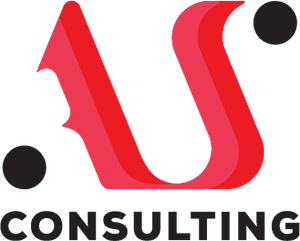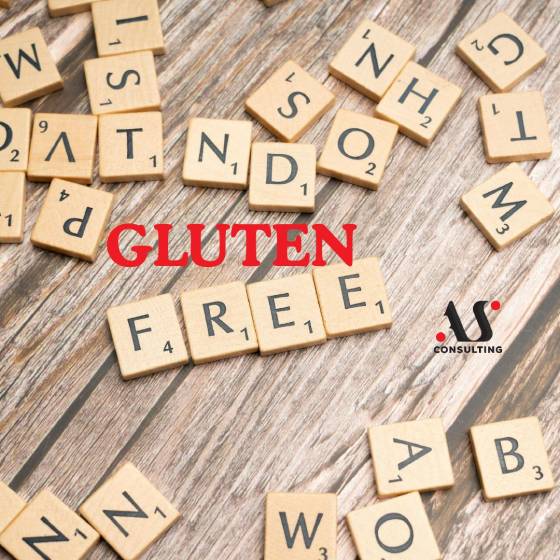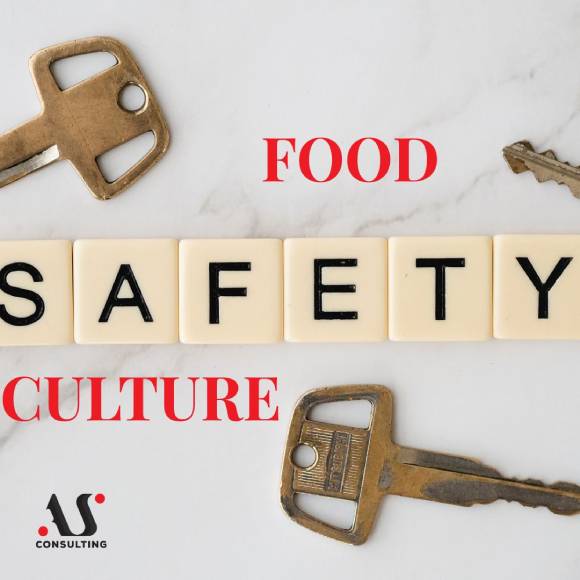
BRC PACKAGING MATERIALS STANDARD VERSION 7
November 14, 2024
IFS FOOD STANDARD
December 7, 2024Since your favorite part of our training sessions is when we share real-life examples, we’re continuing our series of articles featuring various challenges our colleagues have faced—and successfully resolved together 😊. We believe these stories will help you if you encounter similar situations 😊.
Story 2: What happens when the water used in your production facility does not comply with legal regulations?
As you know, food business operators in the Republic of Serbia are required to implement the HACCP system (Food Safety Law, “Official Gazette of RS,” No. 41/2009 and 17/2019). According to HACCP, water used as an ingredient in production processes (water, ice, steam) or for hygiene purposes must meet drinking water quality standards at the point of use, as stipulated by applicable regulations (in Serbia: Regulation on Hygienic Safety of Drinking Water, “Official Gazette of FRY,” No. 42/98 and 44/99, and “Official Gazette of RS,” No. 28/2019).
So, even if you don’t apply one of the GFSI-recognized standards, which have similar requirements, you are legally obligated to ensure your water complies with the regulations.
What are the specific requirements for drinking water?
The water must meet drinking water quality standards at the point of use—not only in terms of microbiological but also chemical and physicochemical parameters.
For details on drinking water quality indicators, check our article:
What are the obligations of food business operators?
Based on hazard analysis, they must define a sampling plan for drinking water at the point of use in their company.
What determines the sampling frequency?
Several factors influence sampling frequency, including the water source (municipal supply or private wells), historical sampling results, raw water quality, additional purification methods, and more.
If I use municipal water, why do I need additional testing?
Using municipal water does not guarantee compliance at the point of use, even if the municipal water itself is compliant. This is especially critical in cases where the quality of municipal water fluctuates.
What issues can arise with water quality that could jeopardize your business?
Here, we’ll share practical examples highlighting potential problems.
Real-Life Examples
Out of respect for confidentiality, we do not disclose the names of our clients or industries, nor do we publish photos, videos, or materials from our trainings, consultations, and audits. Instead, we provide anonymized examples.
Case 1: Microbiological non-compliance of drinking water
One client had a long history of regularly analyzing drinking water at the point of use, testing three times a year in an accredited laboratory. For over a decade, all results were compliant. So, they were unpleasantly surprised when one test returned a positive microbiological result!
What did we do?
- Obtained municipal water test results confirming compliance with regulations.
- Identified the issue within the company and immediately called an authorized institution to sanitize the internal piping system.
- Re-tested the water in an accredited lab, which then showed compliant results.
What happened with the products?
Fortunately, the products were not affected because this was a seasonal production period, and no production occurred between the last compliant test and the non-compliant one.
If production had occurred, a thorough hazard analysis would have been required to determine which products were affected and decide on further steps.
Case 2: Chemical non-compliance of drinking water
Recently, a food manufacturing company encountered an issue during routine tests. While the water at the point of use was microbiologically compliant, one chemical parameter (iron) exceeded legal limits.
Believing there was no risk to consumer safety since the water was microbiologically safe and used only for hygiene purposes—not as an ingredient—the company continued production. However, they contacted us after receiving a MAJOR non-conformance during a certification audit. They felt the rating was unfair because the water was “safe.”
Our response:
The water was not compliant with legal regulations, and the rating was appropriate.
What did we do?
We resolved the issue by implementing a deironing system, reducing the iron levels to within legal limits, as verified by an accredited external laboratory.
A re-audit was conducted, resulting in the expected outcome: certification achieved 😊.

Even in unpleasant situations, there’s always a solution with the right partners. But better yet, avoid these situations by working with the right partners from the start! Contact us today 😉.




